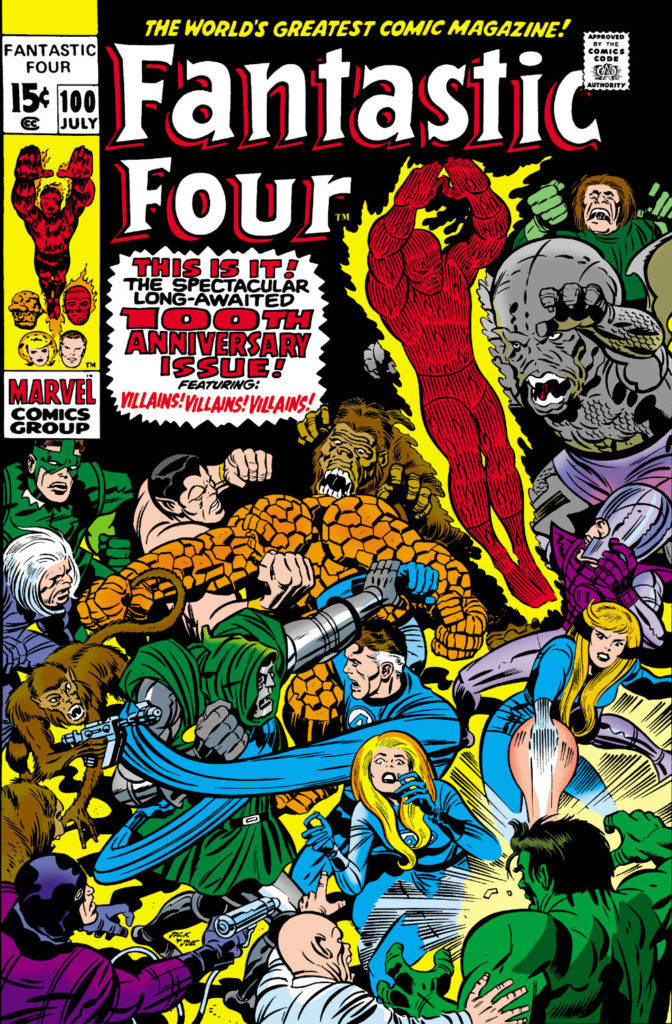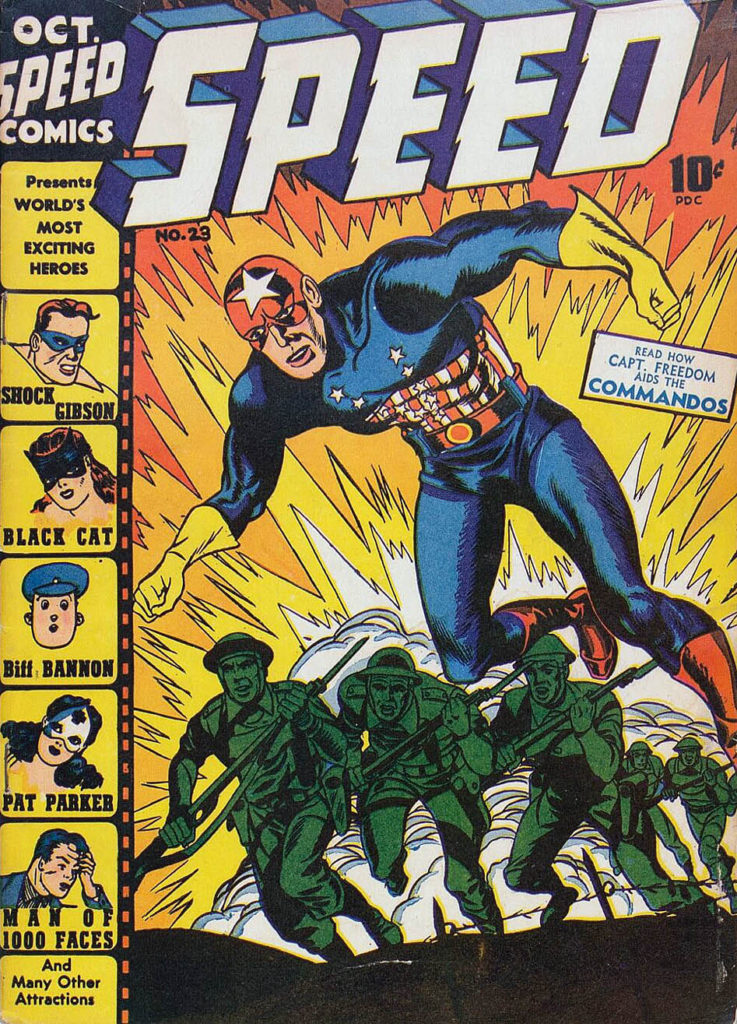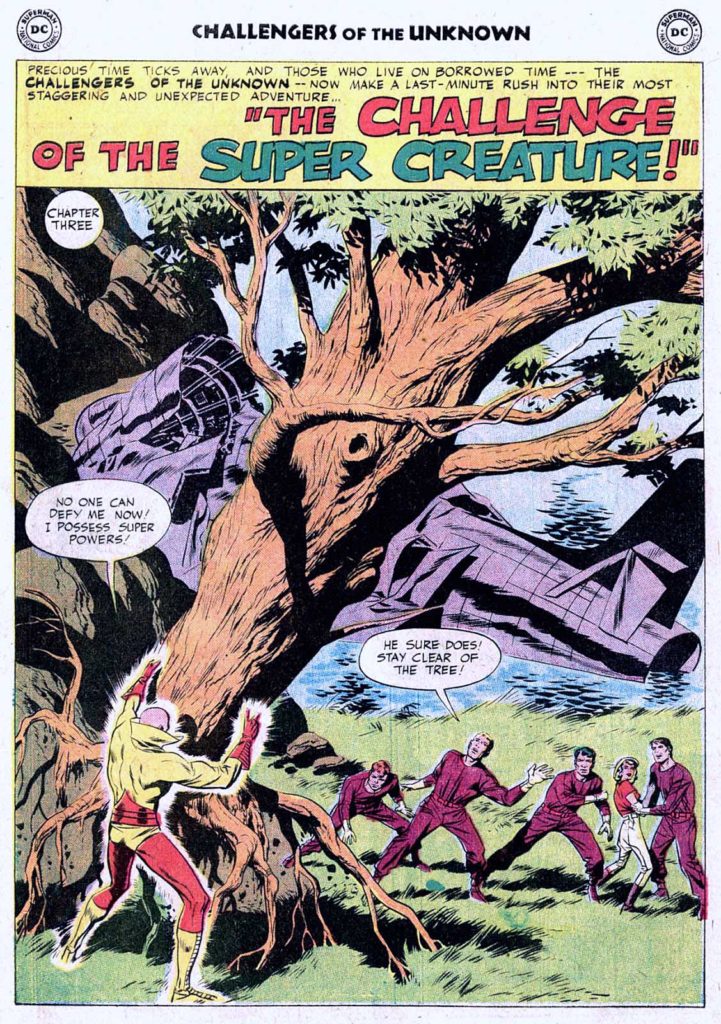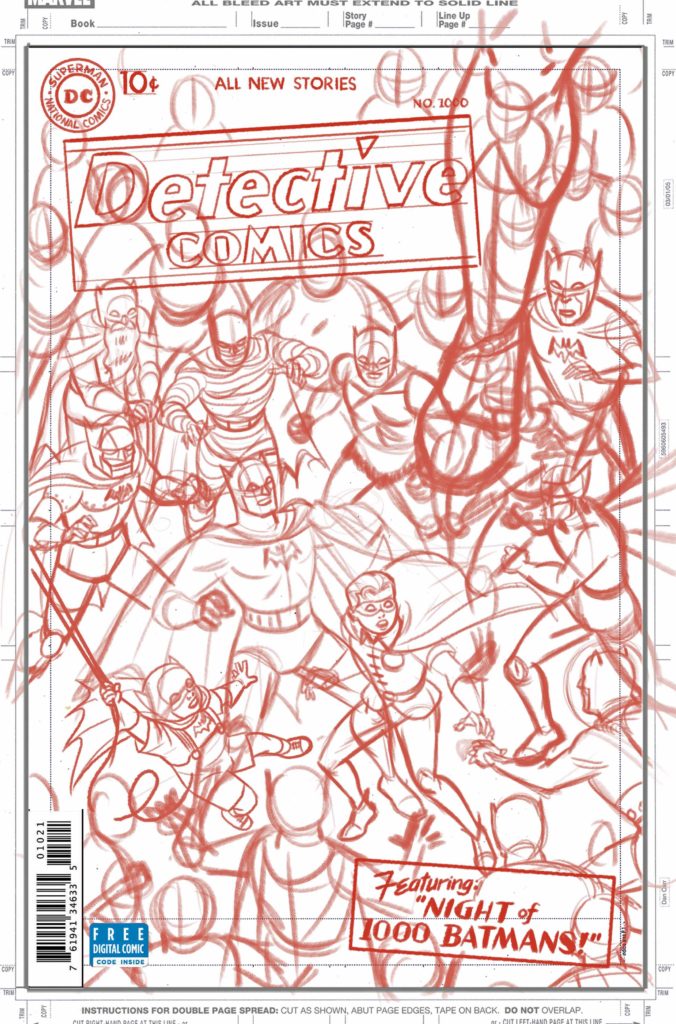Steve Ditko — Road To Watchmen
Captain Atom #89, December 1967

HBO’s Watchmen was an unexpected television smash of 2019, and it has landed on a number of best of lists. The next few posts explore the Watchmen characters, which have roots in the more conventional superhero universe.
Most fans of the original 1986 graphic novel know that the main group of (five of the six) Watchmen characters have direct antecedents from the “Charlton superhero universe.” Since DC had recently acquired those characters from the financially strapped competitor, creator Alan Moore’s idea was to use them for his Watchmen concept. But Dick Giordano, DC’s editor at the time, nixed the idea, knowing that Moore’s concept would mean that those characters would be rendered unusable in the greater DC Universe.
Moore, undeterred, simply turned the Charlton characters into his own.
Some more literally than others.
Steve Ditko renders a dynamic action page featuring the original Dr. Manhattan, Captain Atom.
Ditko is the unofficial godfather of the Watchman, having created or revamped Captain Atom, The Blue Beetle and The Question (plus Nightshade) all in a short period in 1966/67. With little in the way of material changes, the three appear as Dr. Manhattan, Nite Owl, and Rorschach in Watchmen. (Nightshade is not so obvious — more on that in a future post.)
Ditko had left Marvel in 1966, returning to Charlton in the immediate period after his departure. His return there launched a brief, but ultimately futile attempt at a fuller Charlton superhero universe. By 1968, none of the books survived.
Ditko is co-creator (with writer Joe Gill) of the original Captain Atom character, and his origin story (March 1960) is extremely similar to Dr. Manhattan’s, minus the blue skin. In Space Adventures #33, he is seemingly atomized, but he ultimately reappears — with super powers. President Dwight Eisenhower asks him to become the military’s greatest weapon.
On this page from the final issue of the original series, Captain Atom fights “Thirteen” a (surprise!) super-villain with supernatural powers. Inks are by Frank McLaughlin, who was Charlton’s Art Director at the time. Finding a decent inker for Ditko — other than Ditko — could often pose a challenge, but McLaughlin delivers here.
















































































